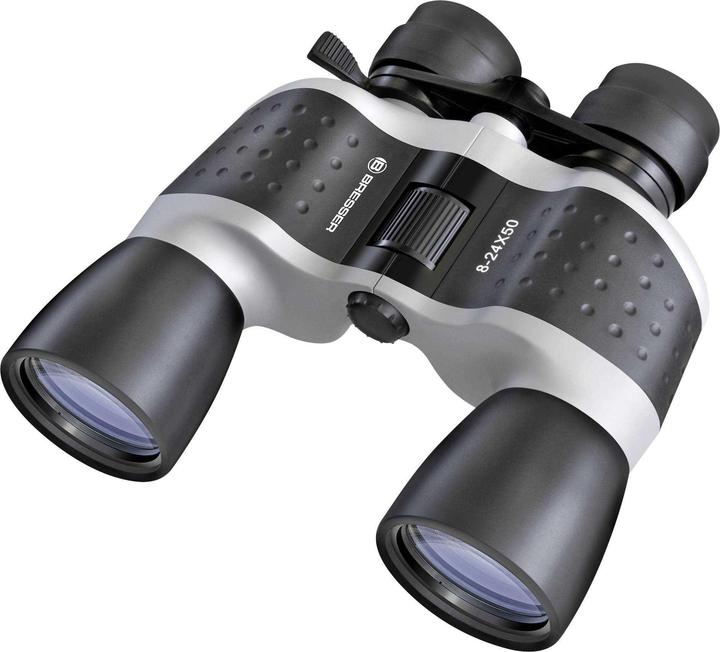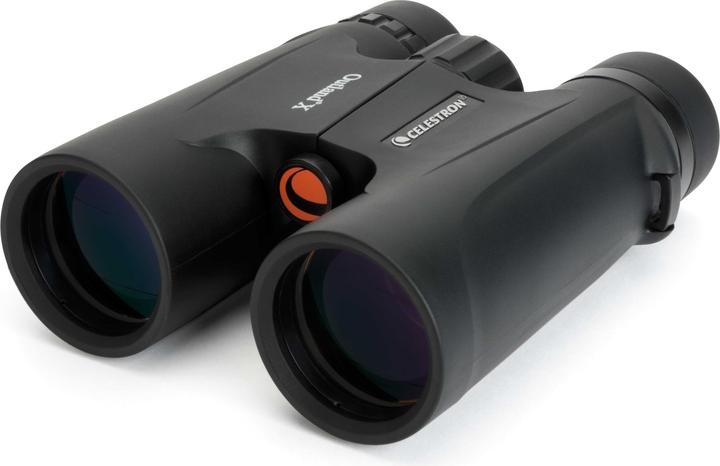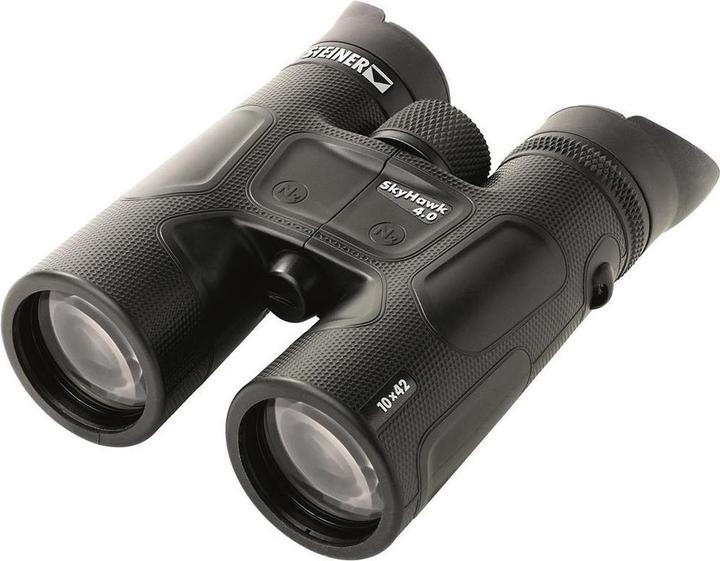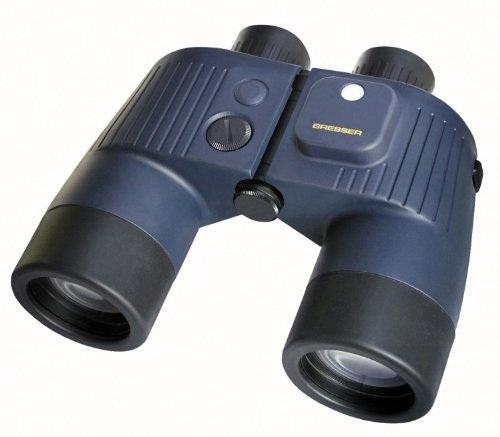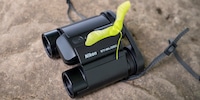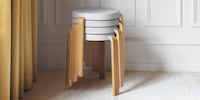

Small binoculars guide: What you need to look out for when buying
With almost 500 binoculars currently in our range, the choice is not easy. What do you need to look out for when buying? I'll show you how to find the right binoculars for you, what the most important differentiating criteria are and what the numbers in the product names mean.
First published on 6 April 2017
Important values and terms
You should consider the following values and specifications when buying your binoculars:
1. magnification
The first number of the combination, for example 10 x 40, stands for the magnification and describes how much closer an object appears to the observer. In the example given, the magnification is 10x. Magnifications of 7x to 10x are ideal for observing; it is difficult to hold the binoculars steady at higher values.
2. objective lens diameter / front lens
The objective lens diameter is represented by the second number of the combination (10 x 40) and indicates the diameter of the front lens. It determines the amount of light entering the lens and the field of view. The larger the front lens, the more light is collected. For daytime observations, 20 to 32 mm are suitable, for unfavourable light conditions 40 to 80 mm.
3. light intensity
You can calculate the light intensity by dividing the front lens - in our example 40 - by the magnification (10) and then multiplying by itself (4 x 4 = 16). The larger the number, the brighter and more detailed the image.
4. twilight number
The twilight factor describes the performance of the glass at dusk or in low light conditions. Ideally, it should be between 12 and 25. The higher the value, the brighter the image appears
5. weight
Weight plays a major role in the choice of binoculars. Be it for transport or for the observation itself. The higher the magnification, the higher the weight. And the higher the weight, the more difficult it is to hold the binoculars steady. The most common hiking models weigh between 400 and 600 grams.
6. field of view
The field of view describes the size of the visible area at a distance of 1000 metres. It should be noted that the field of view becomes smaller with increasing magnification and targets are more difficult to find.
7. eyepiece
The optical quality of the binoculars is also determined by the following characteristics of the eyepiece: high resolution and high contrast, absence of disturbing stray light, good depth of field, low chromatic aberration and high edge sharpness.
8. exit pupil
The diameter indicates how suitable the binoculars are for use in the dark. You can calculate the exit pupil by dividing the objective lens diameter by the magnification. For 8 x 32 binoculars, this is 4, which is enough for daytime use if the pupil measures 2 to 3 millimetres. However, a value of 4 would be too low for the dark, as the pupils then open up to 7 millimetres.
9. spectacle wearers
Certain models are particularly suitable for spectacle wearers. Binoculars with soft eyecups allow spectacle wearers to reduce the distance between their eyes and the eyepiece and thus see the entire field of view. You should also pay attention to the dioptre compensation. This corrects differences in visual acuity between the left and right eye. This allows a clear, sharp image to be viewed on both sides and ensures focusing in the event of short-sightedness or long-sightedness.
Intended use and recommendations
When choosing binoculars, the main factor is the intended area of use. Do you want to use the binoculars to watch birds or view landscapes while hiking? Or are you planning to take them with you the next time you go to the theatre or on the high seas?
Birdwatching
Small, handy, so-called compact binoculars with 7x or 8x magnification and low weight are suitable for observations in the great outdoors.
For stationary observations, for example in the garden, weight and mass are rather unimportant. Here I recommend zoom binoculars and a tripod.
Hikes
For landscape observations on hikes, I recommend binoculars with 8x or 10x magnification and a maximum diameter of 30 to 40 millimetres. This combines low weight with a pleasant, steady image.
Opera/theatre performances
As an opera or theatre performance usually lasts a little longer, you should choose a light weight, preferably under 200 grams. In addition, the closest focusing distance indicates the minimum distance to the subject that is required to obtain a sharp image
Marine binoculars
As a good grip is one of the most important features of marine binoculars, they should at least have a rubber coating on the hand rests. The binoculars also need a nitrogen filling, which determines how tight they are. Other recommended practical features include the ability to float and an integrated compass.
Binoculars for children
The weight of children's binoculars is also important. Make sure they are not too heavy. With a 700 gram model, the child will certainly have problems holding it. The optimum weight for children's binoculars is around 200 to 300 grams.
The workmanship and robustness of the children's binoculars also play an important role. Children's binoculars should be able to withstand a few light falls and not break immediately. As with the weight, the binoculars should also not be too big. Large binoculars are not so easy to hold and can easily fall down.
You can find our entire range of binoculars here.
Night vision devices or telescopes are the best choice for anyone who wants to keep an overview in the dark or take a look at the stars.
Practical solutions for everyday problems with technology, household hacks and much more.
Show all

